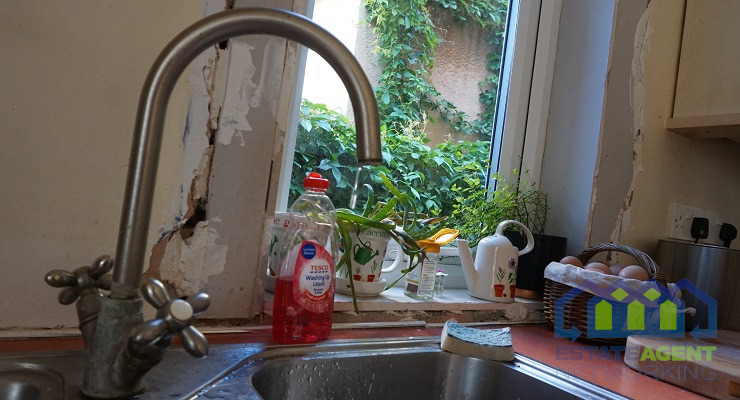5 Best Ways to Unclog a Drain at Home
There are numerous causes of clogged drains: soap, hair, food waste, grease, diapers, wipers, cat litter, mineral buildup, tree roots, dirt, and leaves. Currently, a clogged drain is among the most common plumbing issues that happen at homes. Whether a clogged drain is in your kitchen or bathroom, it can cause a big mess if not attended to. Below are signs of a clogged drain:
– Bad odour from drains
– Slow drainage
– Toilet does not flush
– Unexplained puddles
– Gurgling drains
Clogged drains can cause a wide range of plumbing issues. For instance, dishwashers will be unable to complete their cycle. Based on research, a blocked drain can lead to serious issues if not addressed on time. Therefore, fixing your drains will lower your maintenance costs, especially in the long term. You may consider calling a professional same as you do when asking “Please do my economics homework“. But you can try to do it yourself. Below are the 5 best ways to unclog a drain at home.
1. Use a Drain Snake
A drain snake can also be termed a plumber’s snake. It’s a flexible, retractable drilling tool that you’ll find in many hardware stores. The snake’s hand crank has a metal wire that pulls out or breaks up whatever is clogging your drains. Lately, there are disposable plastics snakes that can be used to unclog blocked drain Essex. It is important to thoroughly clean your drain snake after use. This maintenance practice will improve the durability of your plumber’s snake.
2. Remove the Clog by Hand
Sometimes, a clog can be visible and easily accessible, especially if it is near the surface area of the drain. Put on the right gloves and extract the clog as best as you can. In addition, use a wire coat hanger for leverage and a little extract reach.
3. Use a Wet or Dry Vacuum
A wet or dry vacuum plays a significant role in cleaning dry dust, dirt, and liquids. Therefore, homeowners should opt for wet/dry vacuum to suck waste materials from clogged drains, particularly if the blockage is high up. Before you use a wet or dry vacuum, create a seal over the plughole. This strategy reduces the risk of creating a mess. Turn your wet/dry vacuum to the liquid setting with the most powerful suction for better results.
4. Plungers
There is a wide array of plungers in the market. Therefore, choose the right plunger that will match your needs. A simple toilet plunger will not do if you are unclogging smaller drains, such as your shower or drain. However, invest in a cup plunger that is designed for smaller drains. Unscrew the stopper or grate and apply the ideal cup plunger to the drain. It’s important to tighten the seal on the plunger. Plunge vigorously to clear blocked drains London.
5. Baking Soda and Vinegar
A mixture of fizzing soda and vinegar can help you clear blocked drains, especially mild clogs in your bathroom. Before using soda and vinegar, pour boiling water into the drain and wait until it clears. Add one cup of white vinegar, half a cup of baking soda, and one cup of hot water into the drain. This mixture will take at least one hour to clear your drains.
Conclusion
There are numerous benefits of unclogging drains at home: reduce the risk of mold and bacteria growth, encourage pipe longevity, prevent foul odours, reduce the risk of water overflow, and clear noisy pipes. Homeowners should unclog their drains at least once per year.









